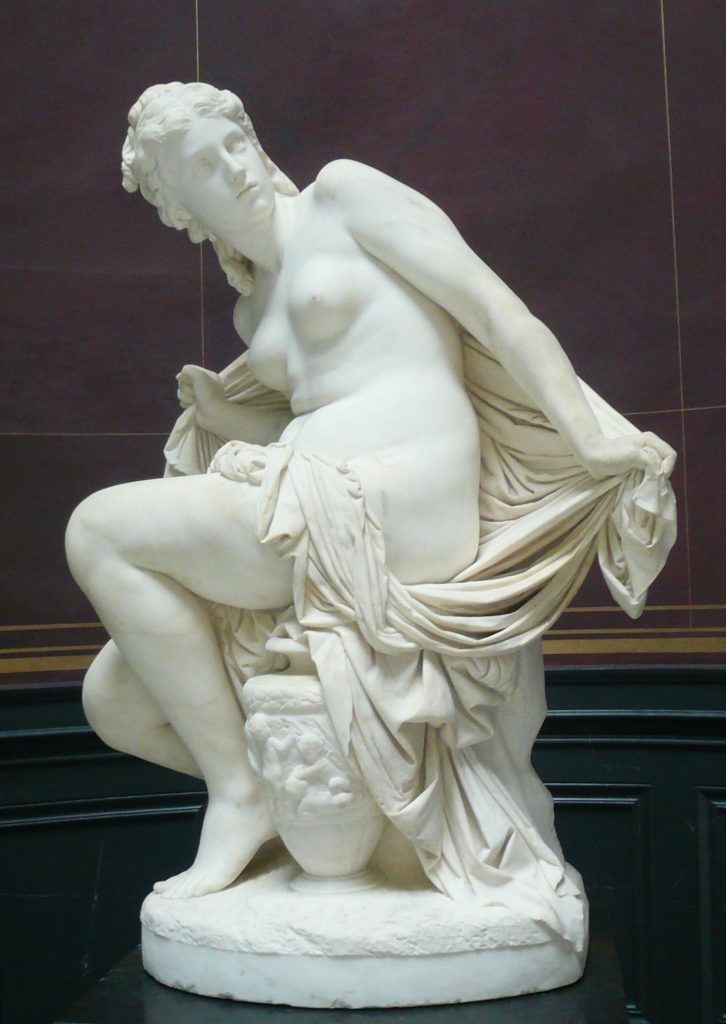Law & Politics
German Institutions Form Unprecedented Alliance to Identify Nazi-Looted Art
The Mosse Art Research Initiative was announced today in Berlin.

The Mosse Art Research Initiative was announced today in Berlin.

by
Caroline Elbaor

In an unprecedented move, German institutions have formed the Mosse Art Research Initiative (MARI), an organization designed specifically to work with heirs of art looted by the Nazis to identify and locate stolen artworks, it was announced in Berlin today.
MARI is a collaborative research project formed at Berlin’s Freie Universität, and funded by the DZK (German Lost Art Foundation), and the Mosse Art Restitution Project (MARP). Other participating institutions include the Kulturstiftung der Länder, the Stiftung Preußischer Kulturbesitz, the Foundation of the Jewish Museum Berlin, and the Landesarchiv, among others.
“As the manager of MARP, and with the advice of significantly experienced counsel such as Chuck LaBella who was formerly the deputy chief of the Fraud department at the U.S. Justice Department, we crafted a strategy intended to invite all German institutions to engage with our Project,” said J. Eric Bartko, Director of Investigations for Bartko Zankel Bunzel & Miller (BZBM), the San Francisco-based international law firm that spearheaded the project, in a conversation with artnet News.
“The search for and restitution of Mosse art will enter a new stage with the collaboration with German public institutions under the Mosse Art Research Initiative.”
“The eventual outcome, as the result of some significant trust built and fostered on all sides is the Mosse Art Research Initiative at Freie Universität.”
Working with the Mosse Foundation to recover art looted in 1933 from the family of Jewish newspaper publisher Rudolf Mosse, BZMB initially began their international investigation into the Mosse art collection in 2012. While several works have since been recovered, under MARI, German institutions are now intervening to help in the process of identifying and locating the remainder of the collection.
“The Reinhold Begas sculpture Susanna was restituted by MARP. While in the future, research into the current location of art will be made by MARI, MARP will continue to conduct all restitution and negotiations surrounding same,” Bartko said. “MARP began in 2012, and always represented itself as being interested in locating and restituting art from the Mosse Collection without acrimony or recrimination.”
Since its inception, over a dozen artworks and artifacts have been returned to the rightful heirs from institutions across Germany and Switzerland. Currently in the process of restitution in Germany is the work Der kleine Bacchus und die Windgötter by Anselm Friedrich Feuerbach.
Rudolf Mosse (1843-1920) was a successful Jewish publisher living and working in Berlin. His publications were sharply critical of Hitler’s rise to power, and became a symbol of the hated “Jewish press” under Hitler. In 1933 the Mosse family was forced to flee Germany, eventually settling in the United States.
Under Nazi command, and in the Mosses’ absence, the family’s substantial art collection was confiscated and auctioned off in 1934. It is considered to be one of the earliest cases of looting and auctions under the Third Reich.